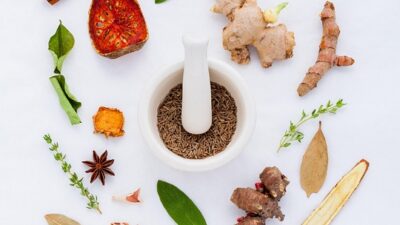When it comes to elevating your culinary creations, few ingredients carry the same weight as saffron. Often referred to as “culinary gold,” this exquisite spice has been prized for its unique flavor and vibrant color for centuries. In this article, we will explore the origins, benefits, uses, and tips for incorporating saffron into your cooking to enhance your dishes like never before.
The Origins of Saffron
Saffron is derived from the stigma of the Crocus sativus flower, commonly known as the saffron crocus. Indigenous to the Mediterranean region and parts of Asia, saffron has a rich history dating back to ancient civilizations. It was used not only as a culinary spice but also for its medicinal properties and as a dye. Today, the world’s largest producers of saffron are Iran, India (particularly Kashmir), and Spain, where the delicate flowers are hand-harvested during a short blooming season.
The Unique Flavor Profile
One of the defining characteristics of saffron is its complex flavor profile. It imparts a subtle sweetness with earthy undertones, coupled with a slight bitterness. This unique balance allows saffron to complement both savory and sweet dishes, making it an incredibly versatile ingredient. Additionally, the vibrant yellow-orange hue it adds to meals is visually stunning, transforming even the simplest of dishes into a gourmet experience.
Health Benefits of Saffron
Beyond its culinary appeal, saffron is lauded for its health benefits. Rich in antioxidants, it is believed to have anti-inflammatory properties, and studies suggest it may even boost mood and alleviate symptoms of depression. Incorporating saffron into your cooking not only enhances flavor but also promotes wellness.
How to Use Saffron in Cooking
To get the most out of saffron, it’s essential to use it properly. Here are some tips for incorporating saffron into your dishes:
1. Infuse Saffron in Liquid
Before using saffron, it is best to infuse it in warm liquid. To do this, soak a few strands in a tablespoon of warm water, broth, or milk for about 10 to 15 minutes. This will help release its flavor and color, which can then be added to your dish.
2. Pair with Complementary Ingredients
Saffron pairs beautifully with a variety of ingredients. In savory dishes, it works well with seafood, chicken, rice, and vegetables like carrots and peas. In desserts, it enhances flavors in dishes like rice pudding, ice cream, and pastries.
3. Use Sparingly
Due to its potent flavor, a little saffron goes a long way. A pinch—the equivalent of about 20-30 strands—is generally sufficient to flavor a dish serving 4-6 people. Overusing saffron can lead to bitterness, so it’s best to start with a small amount and adjust according to taste.
4. Create Signature Dishes
Many classic dishes highlight saffron’s unique qualities. For example, saffron risotto and paella are iconic dishes that showcase the spice’s ability to elevate plain rice into a luxurious feast. On the dessert front, try creating saffron-infused panna cotta or saffron-flavored cakes to impress your guests.
Embracing Saffron in Everyday Cooking
While saffron may seem like a luxurious ingredient reserved for special occasions, incorporating it into your daily cooking can be a rewarding experience. With its beautiful color and unique flavor, saffron can transform even the most mundane meals into something extraordinary.
Conclusion
Saffron truly earns its title as “culinary gold.” By understanding its origins, flavor profile, and the best ways to use it, you can elevate your dishes and delight your palate. Whether you’re preparing a lavish dinner for guests or simply want to add a touch of elegance to your weeknight meal, saffron is the secret ingredient that will leave everyone craving more. So why not take the plunge and bring a little bit of culinary gold into your kitchen?



